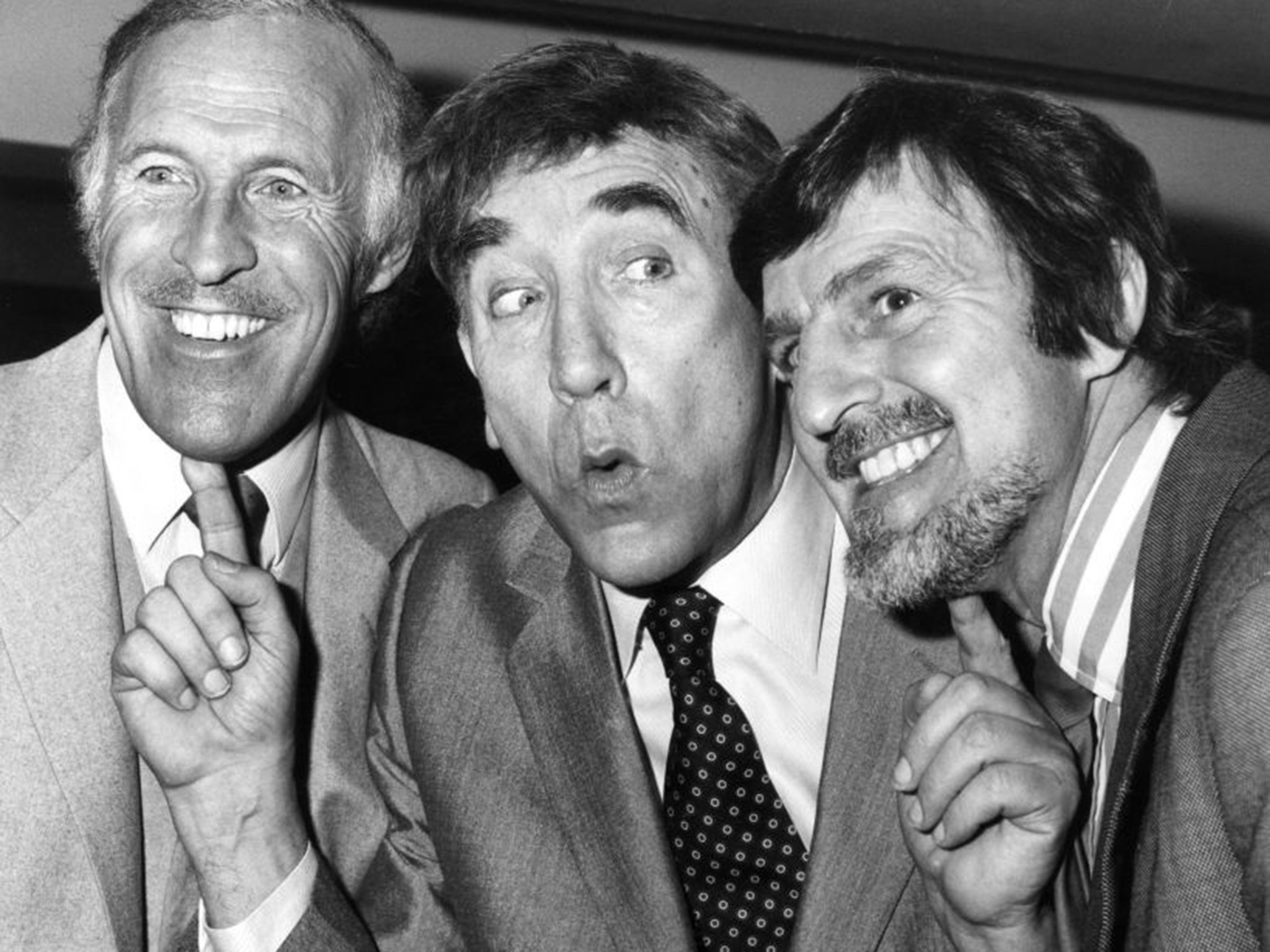The theory of every chin: Bristly, dimpled or like a lantern, why did humans evolve to have a facial punctuation mark?
It has been suggested that it appeared as a result of a kind of evolutionary or genetic drift or that it is a sexual ornament

Some people lead with theirs, others are condemned for their lack of one. Now scientists may have solved the mystery of why humans – and only humans – have chins.
The bony projection on the forward-most portion of the lower border of the mandible has long been a source of debate for evolutionary anthropologists. It has been suggested that it has no function, that it appeared as a result of a kind of evolutionary or genetic drift or that it is a sexual ornament – a theory that might explain the popularity of lantern-jawed Hollywood idols such as Kirk Douglas and Charlton Heston.
The popular idea that a prominent chin is a sexual calling card, an indicator of testosterone and good genes, has persisted. Large chins are routinely associated with masculinity; small chins are “weak”. The epithet “chinless wonder” describes a man who is feeble, ineffectual and unmanly.
The problem with the sexual ornament theory, say critics, is that women also have chins and there is no evidence that male and female mammals select mates based on an attraction to the same ornaments. Other theories have the chin as a counterbalance to the stresses of chewing, an aid to speaking and a by-product of, or adaption to, the move from four legs to two.
According to new research at the University of Florida, the chin began to emerge as a consequence of major changes six million years earlier. The arrival of cooking and softer food meant humans no longer needed big teeth and powerful jaws, and over the next two million years both got smaller and the chin was born.
A team led by anthropologist Dr James Pampush collected chin data from more than 100 primate species and compared it with historical data. Computer modelling traced the shifting orientation of the front of the jaw and the rate at which the chin evolved.
Genetic drift, or random occurrence, was ruled out because the chin evolved 77 times faster than the average rate for primate features. And the study finds no evidence that it served a useful purpose in the way, for example, that eyelashes do. The research, published in the Journal of Human Evolution, suggests the chin is what’s known as a spandrel – an evolutionary by-product of another event. In this case, the event could well be the advent of cooking.
“It [the event] had to have occurred between six million to 200,000 years ago – six million years ago is the timing of the split between humans and chimpanzees,” said Dr Pampush. “My guess is that it happened around two million years ago when there was a jump in brain size. We had a soft diet, and we no longer needed big teeth.
“Around two million years ago there were a lot of changes to the ‘human-like’ animals. Homo erectus had a larger body size, much larger brains, was probably cooking and there’s a good chance they were using clothing. They are very human-like, but had no chins. I’m guessing the changes which ultimately lead to the chin are directly related to cooking, and indirectly related to larger brains and bodies.
“Cooking enabled Homo erectus to spend much less time feeding.... [this] allowed for smaller teeth, and the reduction in tooth size may have produced the chin as a spandrel.’’
Subscribe to Independent Premium to bookmark this article
Want to bookmark your favourite articles and stories to read or reference later? Start your Independent Premium subscription today.

Join our commenting forum
Join thought-provoking conversations, follow other Independent readers and see their replies